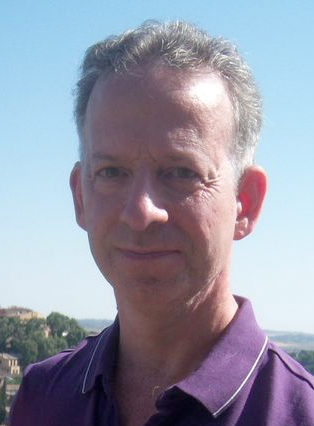The immense power of AI is being wasted.
Yes, it can, and has, been used to create astounding pictures, even videos. It has been used to generate stories, articles, and text answers to any questions that humans ask one another.
But it's this last part that needs exploring, or exploding, perhaps.
Let's analogize what AI can do with what a crane can do at a construction site. While it is theoretically possible for thousands of workers to create the pyramids without the use of modern technology, it is practically impossible to construct modern cities that way, no matter how many workers try to take the place of modern cranes. And this is really only the beginning of the issue.
To get the most out of AI, it should be pushed to do things that humans cannot do. This means moving well beyond the kinds of simple tasks that testers routinely do to test if AI is performing truthfully and safely. It means even going beyond complex tasks that only skilled humans can do. It means - in an allegory implied by the title of this paper - "going where no one has gone before."
It means Transformative Artificial Intelligence Discovery (TAID).
TAID will have several characteristics, but most importantly, it will be initiated by relative novices - like me - running through many interactive AI tasks, then finally, and only at the end, checked by human experts for veracity, safety and practicality. This turns the process of generating AI results on its head, using naïve people to generate novel output, then whittling down the results to just a few for human experts to investigate further.
Next Page 1 | 2 | 3 | 4 | 5 | 6 | 7 | 8 | 9 | 10 | 11 | 12 | 13 | 14 | 15 | 16 | 17 | 18 | 19 | 20 | 21 | 22 | 23 | 24 | 25 | 26 | 27
(Note: You can view every article as one long page if you sign up as an Advocate Member, or higher).






